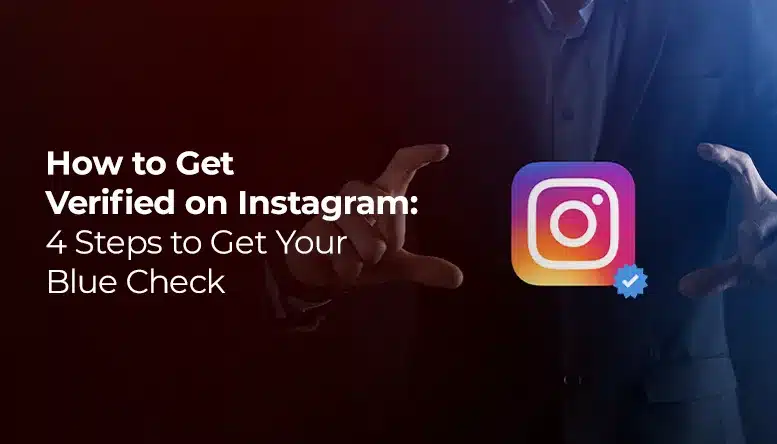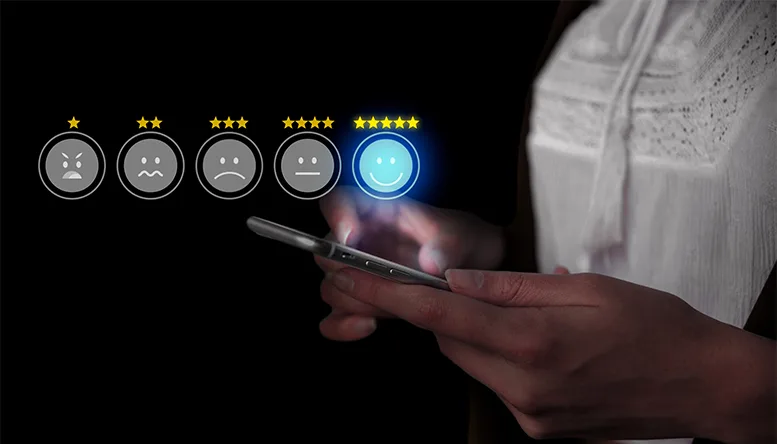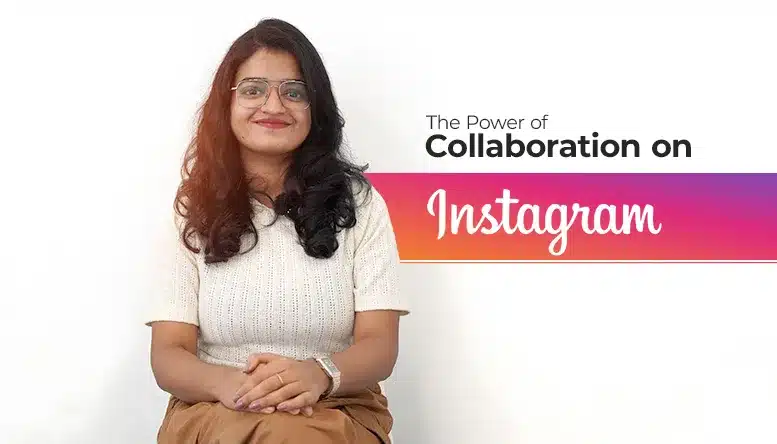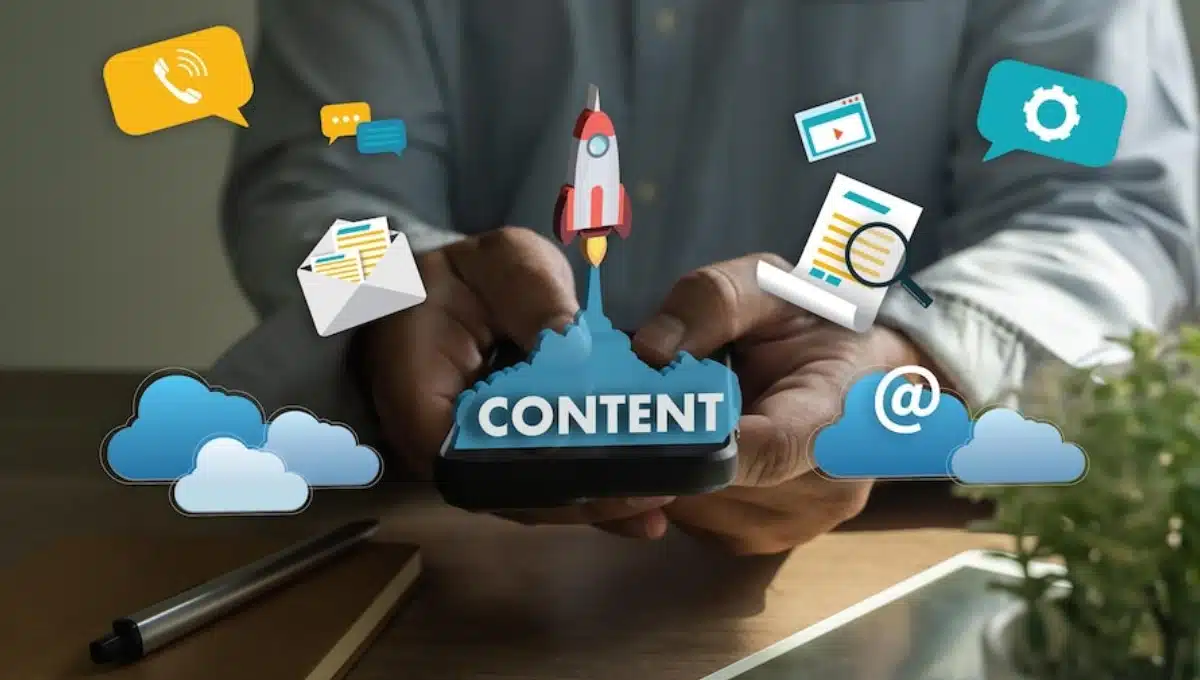What is Programmatic Advertising and How Can It Benefit Your Business?
- January 10, 2025
- Post By: MERLIN MATHEWS

You may have come across situations like when you are scrolling through social media or browsing a site, and suddenly, an ad pops up for something you were just thinking about. It might feel like magic, but it’s actually the power of programmatic advertising. This is a magic tool that helps businesses reach the right audience while stretching their ad budgets. The blog ‘What is Programmatic Advertising and How Can It Benefit Your Business‘ by the leading digital marketing agency Dubai discusses more about this topic and its relevance in this digital world.
What is Programmatic Advertising?
Programmatic advertising is like a personal assistant to your advertising. It is an automated mechanism with which advertisement is bought or sold within seconds at warp speed based on data and algorithms. Imagine an auction house where every advertisement is given its bid for a period of milliseconds, and the winner’s ad pops up. This is the beauty of programmatic ads – it is fast, precise, and efficient.
Major components include:
-
Demand-Side Platform (DSP):
Tools like DV360 or The Trade Desk help advertisers find the perfect audience and buy ad spots to reach them.
-
Supply-Side Platform (SSP):
Platforms such as Google Ads Manager help publishers sell ad inventory to advertisers.
-
Ad Exchange
A virtual marketplace where DSPs and SSPs meet to buy and sell ad spots, much like trading stocks.
By automating the whole process, programmatic advertising negates manual negotiation and long timelines, creating an efficient and streamlined process to ease buying.
How Does Programmatic Advertising Work?
While it may sound technical, the concept is simple when broken down into these core types:
-
Real-Time Bidding (RTB):
Ads are auctioned in real-time. For example, when someone visits a website, the system holds an instant auction to decide which ad to show. This process takes milliseconds.
-
Private Marketplaces (PMP):
Exclusive, invite-only auctions where premium publishers sell ad spaces to selected advertisers. These are ideal for brands seeking top-tier placements.
-
Programmatic Guaranteed (PG):
Direct agreements between advertisers and publishers. This guarantees specific ad impressions even without the need for auctions.
This flexibility allows businesses to run campaigns tailored to their goals, whether they aim for broad reach or targeted precision.
Benefits of Programmatic Advertising
Why is programmatic advertising worth the hype? Here are some of its interesting advantages:
1. Precision Targeted Advertising
The form of programmatic advertising that uses data to ensure your ads are reaching the right set of people. For example, the local coffee shop could put ads to call the commuters in the morning for breakfast deals. It is all about the right message to the right audience at the right time.
2. Cost-effective
Unlike traditional advertising, programmatic basically makes sure your budget does indeed get spent wisely. A fashion retailer may well give their peak shopping times most of their budget to maximize return. Studies find that businesses utilizing programmatic save as much as 30% over traditional methods.
3. Real-time Optimization
With programmatic campaigns, you are in control of variable adjustments at any time. In the event of an unexpected rainstorm, clothing brands can start running ads for raincoats in real-time.
4. Scalability
No matter if your business is local and expanding into the regional market or a global brand scaling up to a global name, programmatic makes scaling your campaigns without much manual work very easy.
5. Transparency
Programmatic tools can actually illustrate where exactly your ads are appearing. With this, brand safety is ensured, and trust is built. Platforms like DoubleVerify help advertisers keep an eye on placements and ensure that their advertisements are put up in relevant environments.
Common Challenges and How to Overcome Them
While programmatic advertising has many benefits, it comes with a few challenges too. Here’s how to tackle them:
-
Ad Fraud
Fake clicks or bot traffic can eat up your ad budget. Use reputable platforms and fraud-detection tools to protect your campaigns.
-
Brand Safety
Ads sometimes appear next to inappropriate or harmful content. Pre-bid filters and placement controls can help ensure your ads stay in safe spaces.
-
Data Privacy Concerns
With GDPR and CCPA regulations, handling user data responsibly is critical. Stick to first-party data and choose platforms that comply with these laws.
Types of Programmatic Ads Commonly Used
Yes, there are many ways to use programmatic advertising, like:
1. Display Advertising:
Banner or sideline ads are those that you see on different websites. It is good for the creation of brand awareness and visibility.
2. Video Ads:
Videos ads are inserted before, in between, or after videos. Programmatic video ads from YouTube have been shown to boost engagement with ads by more than 20% in comparison to their static counterparts.
3. Native Ads:
These ads blend seamlessly with the other content, thus making them non-intrusive. They are perfect for storytelling; they build trust among their audiences.
4. Audio Ads:
Ads that are on streaming services like Spotify are used to reach listeners who are on the go. Studies show that recall of audio ads is 24% better than visual-only ad formats.
How to Launch a Programmatic Campaign
Are you ready to launch a programmatic campaign? Follow this simple guide, it will make the process easy:
-
Identify your goals:
Do you want to build brand awareness, and generate leads or conversions? Be exceedingly clear about what you are planning on when defining your goals.
-
Select your platform:
Since Google Display & Video 360 and Amazon DSP cater to different needs, choose one that is framed based on your objectives.
-
Design stick on ads:
Grab the attention of your audience by sending visuals, videos, or messages that are appealing.
-
Track campaigns:
Track your performance metrics and adjust where needed.
-
Test and optimize:
Conduct A/B testing for different ad formats and refine your approach depending on what worked well.
Examples:
-
The Economist

The Economist faced a challenge in reaching younger, tech-savvy audiences who were less likely to subscribe to traditional print media. By utilizing programmatic advertising, they launched a campaign targeting individuals based on their interests, online behavior, and demographics.
Results:
- They achieved a 10:1 Return On Investment (ROI) through programmatic campaigns.
- Their targeted ads led to a 64% increase in subscriptions among younger demographics, proving the effectiveness of reaching the right audience at the right time.
The success of this campaign showcases how programmatic advertising can help brands expand their reach and tap into new audience segments.
2. Kellogg’s

Kellogg’s leveraged programmatic advertising to identify and target households during breakfast hours. By analyzing data such as household routines and grocery shopping behaviors, they placed ads for cereals strategically on websites, apps, and video platforms.
Results:
- The campaign accounted for a 25% increase in efficiency measured through cost per impression and engagement metrics.
- Sales of relevant cereal brands increased by 20% during the campaign period.
- They obtained a further 30% reduction in wasted ad spend by being data-driven in their placements.
The case study illustrates how real-time data enables the brand to connect with consumers at very opportune moments increasing sales and cost efficiency.
3. Audi

Audi used programmatic advertising to pull off a campaign toward new car models by focusing on video ads that ran across high-end platforms targeting specific user segments. They utilized audience data to identify the potential buyers based on income bracket, car preferences, and browsing behavior.
Results:
- The campaign delivered a 47% higher engagement rate compared to traditional advertising methods.
- Audi achieved a 71% increase in video completion rates, demonstrating the relevance and appeal of the content.
- The campaign boosted brand recall by 34%, which translated into increased showroom visits and test drives.
Audi’s success underscores the power of programmatic advertising in delivering highly engaging and targeted campaigns that resonate with the audience.
The Future of Programmatic Advertising
Programmatic advertising continues to leverage the growing potential and promise to bring about new trends and innovations.
Voice Ads
The rise of smart speakers such as the Amazon Echo and Google Home introduces voice-activated advertising. Since customers can communicate with brands from the comfort of their homes, they might receive sponsored recipe ideas linked with discount codes.
Hyper-personalization
Consumers are enticed with personalized and relevant ads. Hyper-personalization uses data to offer messages tailored to an audience, such as a travel agency promoting a customized vacation based on its visitors’ browsing history.
Advanced Analytics
The future platforms will continue to acquire very deep insights and real-time data on ad performance, which will allow for better, more agile decision quality and continuous optimization.
Anticipated Growth
Programmatic advertising will be a $150 billion industry by 2025, a number that attests to how resourceful it is in achieving a strategic marketing goal.
Companies are using advanced AI tools, voice ads, and personalized strategies to connect with their top customers. By doing so, they are standing out and capturing attention in today’s crowded digital world. Digital marketing services Dubai are focused on making data-driven decisions that lead to meaningful interactions and better results. The future of advertising lies in creating these smart, impactful connections.
Get A Call back from Our Expert
Need tailored guidance or have specific questions? Simply request a callback, and one of our knowledgeable experts will reach out to you at a time that suits your schedule.
Marketing
Services





